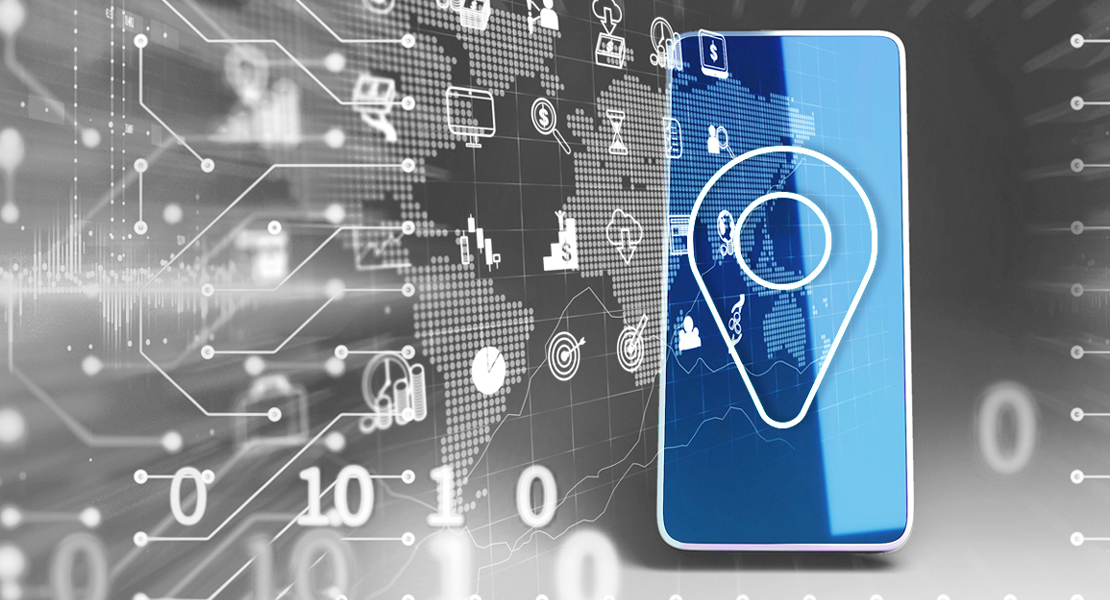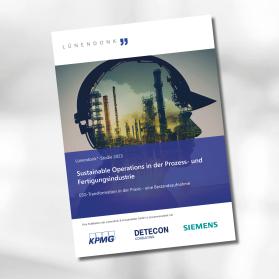The merchandise mark “Made in Germany” has become a strong quality label, which many customers worldwide like to rely on. Especially, when they are choosing from a variety of possible products and services that are supposed to meet high-quality requirements.
Germany has to owe this international reputation to its “Mittelstand” which is a unique and well-established term in the German-speaking area. It describes organizations of small and medium-sized enterprises (SME), that are defined by qualitative characteristics of united ownership and a management similar to family-owned organizations. With more than three million enterprises, the “Mittelstand” is one of Germany’s significant drivers of innovation and economic progress, representing more than 90% of German companies as well as German exporters, whereof many have become internationally successful industry leaders, so called “hidden champions”.
While the “German Mittelstand” is still a critical value driver to many international businesses, a rapidly progressing environment of increasing digitalization demands, with often disruptive character, is challenging every business’ status quo worldwide. However, digital disruption comes with new business opportunities and models, introducing new and digitally advanced entrants and challenging traditional industry incumbents. Similar to large corporations, previously well-established SMEs, whether they are German or not, are now being forced to enhance their digital maturity to stay competitive in their industry and on a global scale.
Nowadays, there is an increasing trend of international SMEs embedding digitalization in their corporate strategies, dedicated to transform their business models and organizations. The important question is: Where to start and how to operationalize digitalization in the organization? SMEs are typically less known for tackling various pilot experiments simultaneously, as they are more restricted when it comes to the provision of financial means, especially for digitalization measures with a rather less transparent return of investment. At the same time, the global COVID-19 crises surprised many businesses with a tremendous negative impact. The financial situation of SMEs has certainly not been improved by the epidemic so that smart maneuvers of boosting internal efficiency and reducing costs now seem to temporarily obtain priority over relentlessly digitalizing the own business as much as possible.
Increasing the level of digital maturity of an organization while increasing efficiency can be the solution to challenging times and staying ahead of the competition. However, derived improvement measures associated with the deployment of digital technologies need to be thoroughly analyzed and prioritized based on their instant scalability potential for most critical business operations and processes first, so that organizations verifiably become more efficient right with the very first measure.
For this purpose, Detecon, as a competent partner for tailored efficiency programs based on digital technology, has developed a Digital Maturity Model (DMM) to measure organizations’ progress in terms of digitalization, to spot most promising improvement potentials, and lastly, to design a tailored strategic roadmap forward to realize the potentials. The holistic digital maturity model helps finding a balanced approach between the ultimate organization’s digital transformation and the incremental achievement of it. For this reason, the DMM is valid orientation for regional or international SMEs as it has already been for many corporations of larger nature.
Many thanks to our alumnus Robin Thimm for the collaboration on this article.







